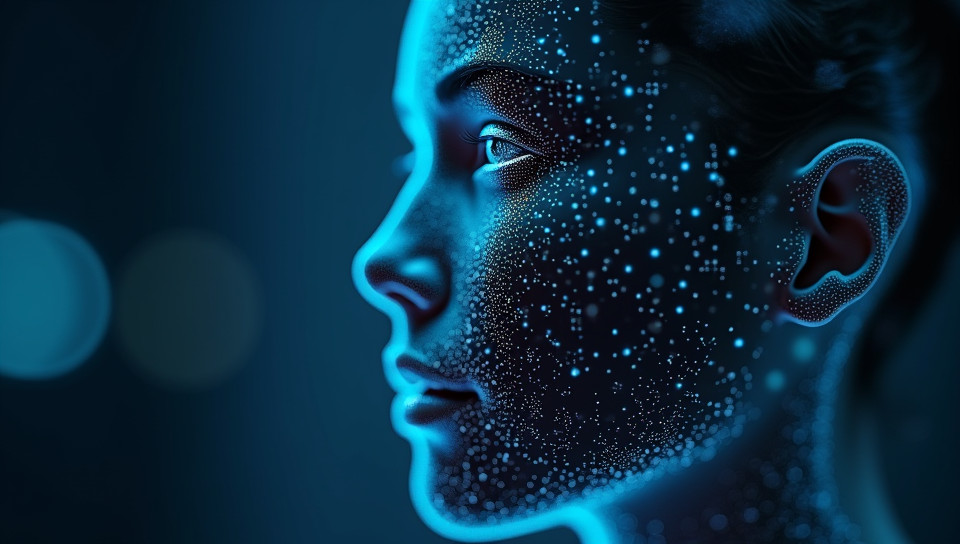Facial recognition technology uses facial scans for identification 73%

Facial Recognition Technology: A New Era in Identification
In today's world, technology is advancing at an unprecedented pace, and one of the most exciting innovations is facial recognition technology. This cutting-edge technology uses facial scans to identify individuals with remarkable accuracy, revolutionizing various industries such as security, law enforcement, and even marketing.
What is Facial Recognition Technology?
Facial recognition technology is a form of biometric identification that uses algorithms to map and analyze an individual's facial features. The process involves capturing high-resolution images or videos of a person's face, which are then compared with existing databases or templates to verify their identity.
How Does it Work?
The process of facial recognition can be broken down into several stages:
- Identifying key facial features such as eyes, nose, mouth, and jawline
- Creating a unique digital signature for each individual based on these features
- Comparing the digital signature with existing templates in databases to verify identity
Applications of Facial Recognition Technology
Facial recognition technology has far-reaching implications across various sectors:
- Security: Enhances airport security, border control, and surveillance systems
- Law Enforcement: Helps identify suspects, solve crimes, and recover stolen assets
- Marketing: Enables targeted advertising and personalized customer experiences
- Healthcare: Assists in patient identification and medical record management
Benefits and Concerns
While facial recognition technology offers numerous benefits, it also raises concerns about:
- Privacy: The potential for mass surveillance and data misuse
- Bias: The risk of inaccurate identifications due to algorithmic biases
- Security: The vulnerability of sensitive information to cyber threats
Conclusion
Facial recognition technology is a powerful tool that has the potential to transform various aspects of our lives. As this technology continues to evolve, it's essential to address concerns about privacy and bias while harnessing its benefits for the greater good. By doing so, we can unlock new possibilities for identification, security, and innovation in the years to come.
- Created by: Bautista García
- Created at: Feb. 18, 2025, 9:02 p.m.
- ID: 20925





